Mountaineering attracts an eclectic mix of people from weekend thrill-seekers to hardcore life-long adventurers. They travel to — even enjoy — some of the coldest and highest places on the planet. Why do they do it?
— An Excerpt —
CONTRIBUTION FROM STEELE BURROW

The Highlands of Ecuador would be hard to describe without a mention of volcanoes. They occupy the skyline, the local history, even the original recipe for traditional ice cream.
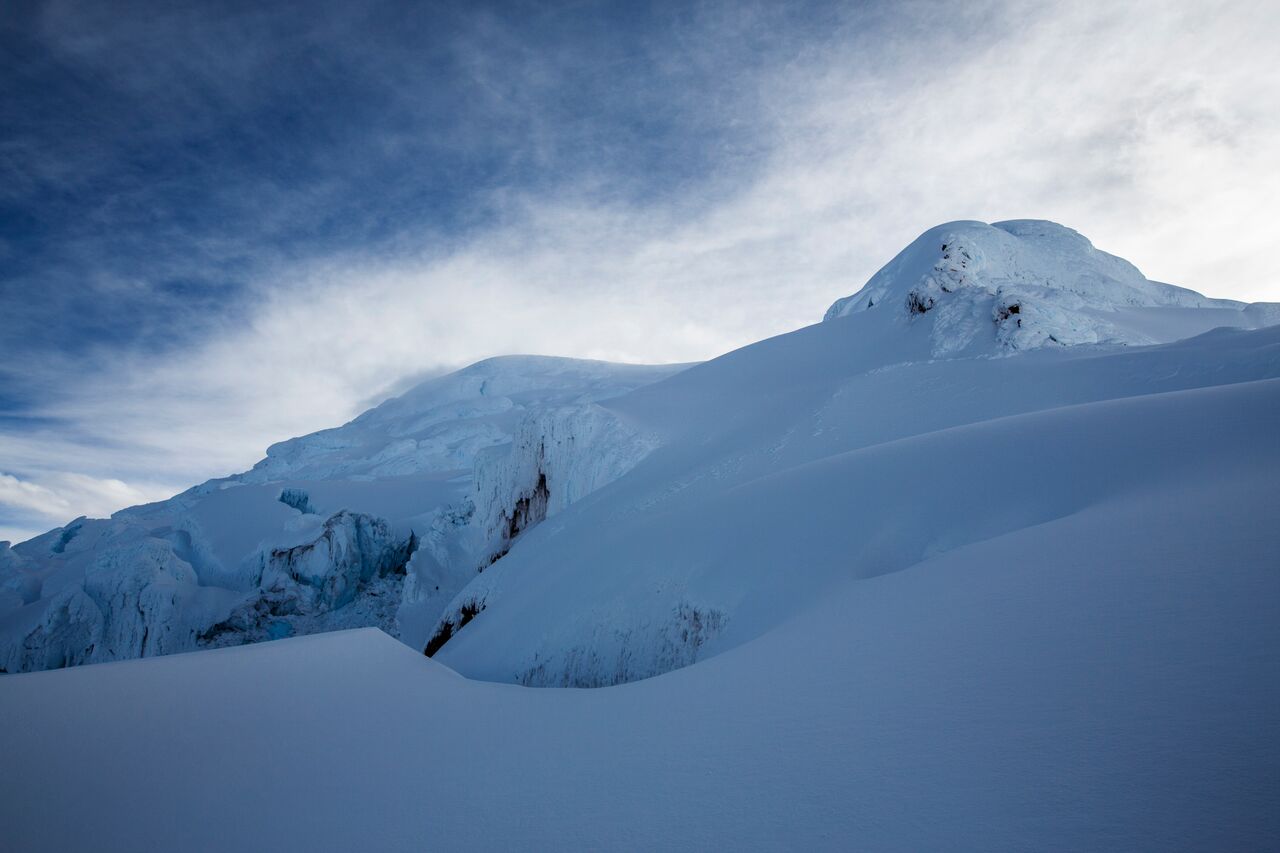 Volcanoes’ prominence in Ecuador’s landscape is exceeded only by their place in local folklore. Stories scatter the landscape. Spanish conquistadors established their first fort on the slopes of a crater near Volcan Cayambe and the earliest forms of local ice cream — so the legend goes at least — were made from ice harvested from the upper slopes of Cotopaxi. At over 19,000 feet, that’s not exactly a short walk to Baskin & Robbins.
Volcanoes’ prominence in Ecuador’s landscape is exceeded only by their place in local folklore. Stories scatter the landscape. Spanish conquistadors established their first fort on the slopes of a crater near Volcan Cayambe and the earliest forms of local ice cream — so the legend goes at least — were made from ice harvested from the upper slopes of Cotopaxi. At over 19,000 feet, that’s not exactly a short walk to Baskin & Robbins.
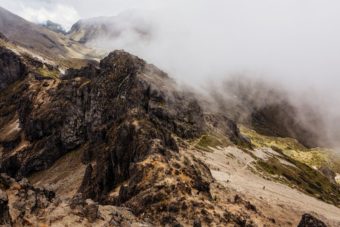
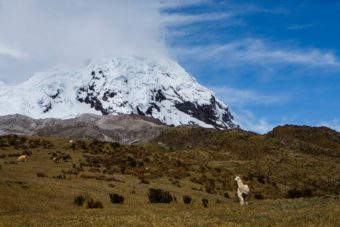
We were in Ecuador to attempt climbs on two of the country’s highest volcanoes—Cayambe, 18,996 feet high, and Antisana, a more technically difficult climb at 18,714 feet. Our group included two New Yorkers, three Washingtonians, and a lone Texan. Between the six of us, we each had our own reasons to be there, but we all wanted an adventure.

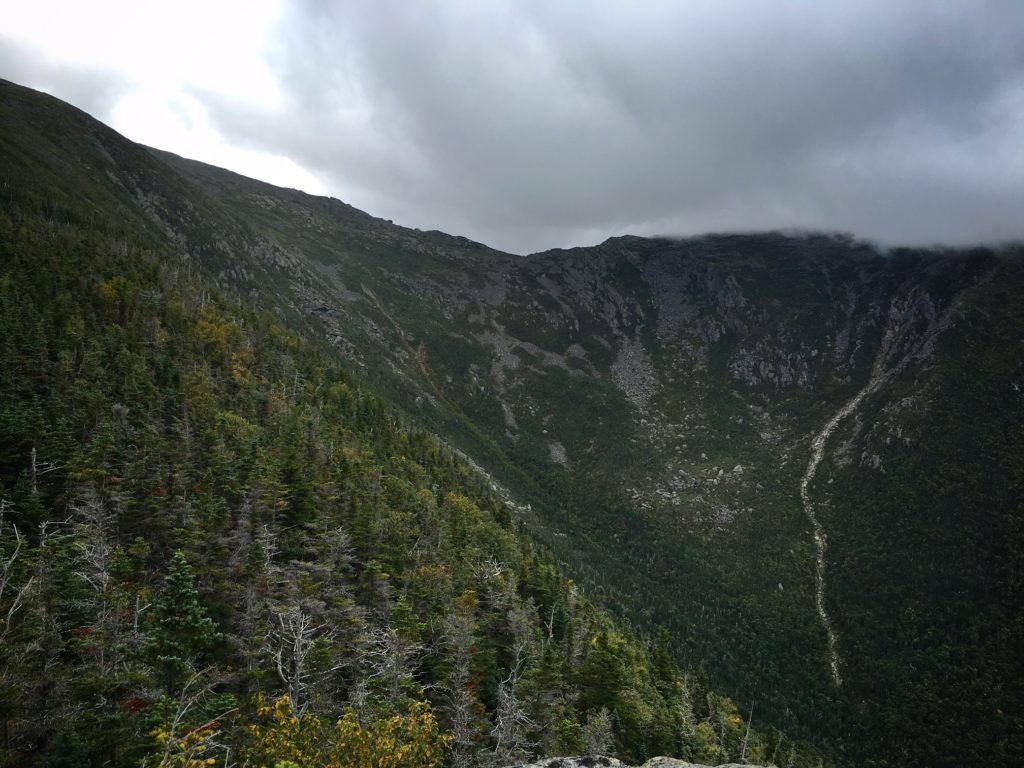
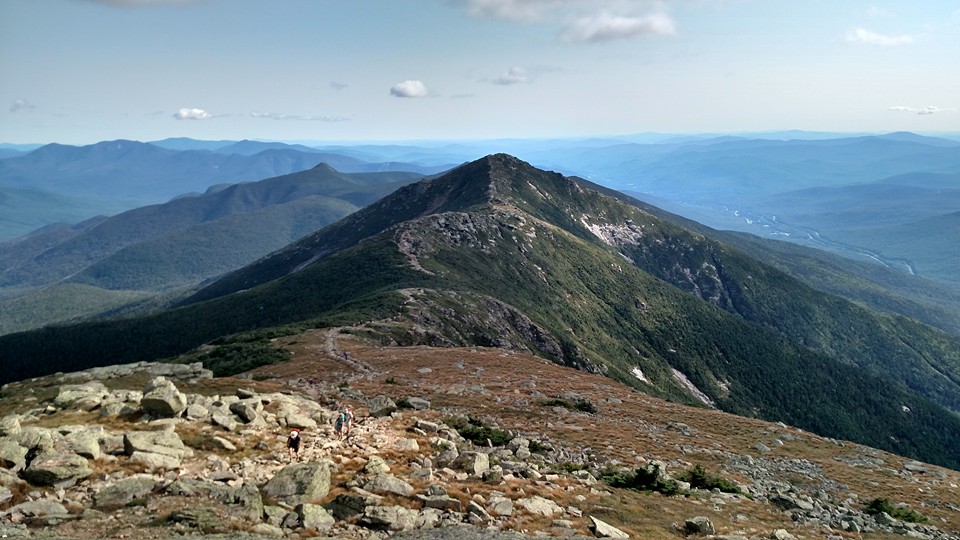
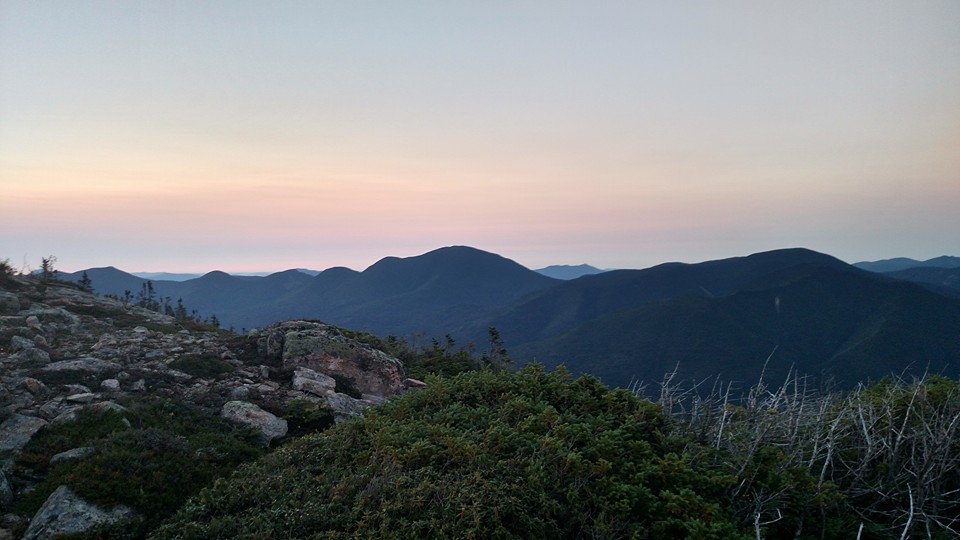
 We are proud to work with the Department of Agriculture, the White Mountain National Forest and the Androscoggin Ranger District where we are authorized outfitter guides.
We are proud to work with the Department of Agriculture, the White Mountain National Forest and the Androscoggin Ranger District where we are authorized outfitter guides.
